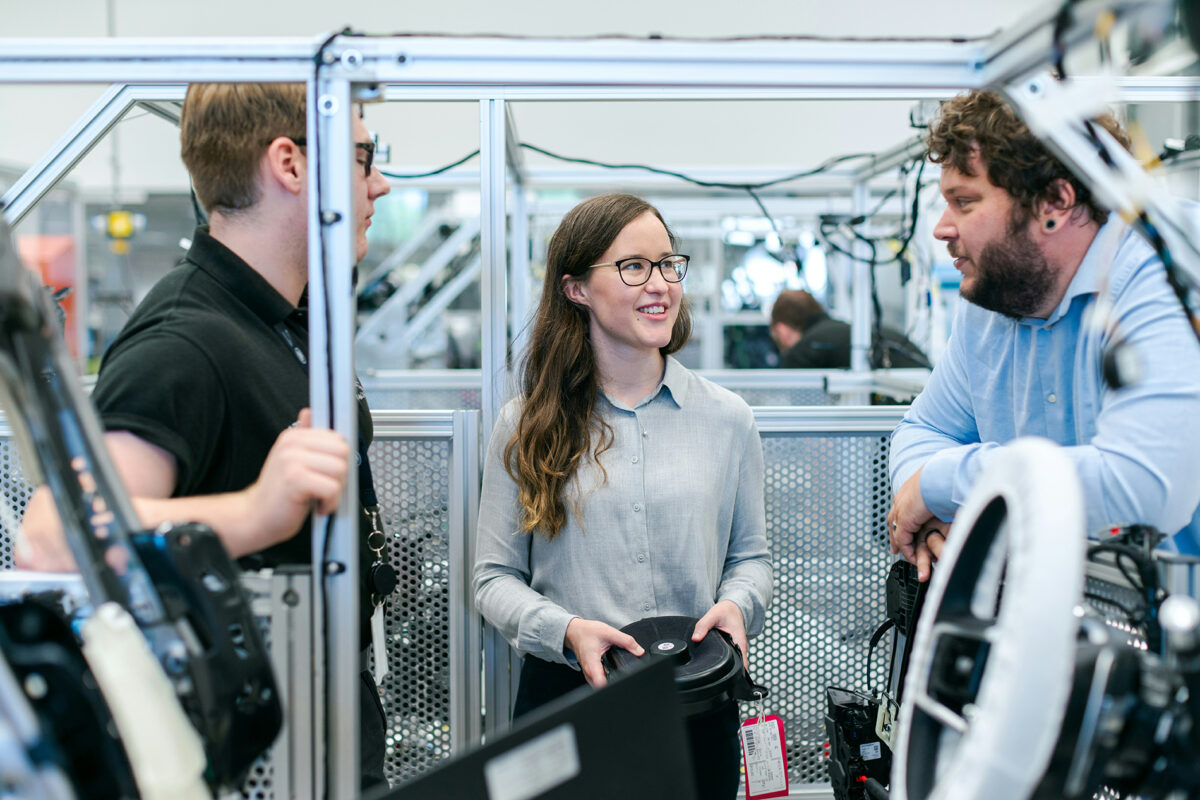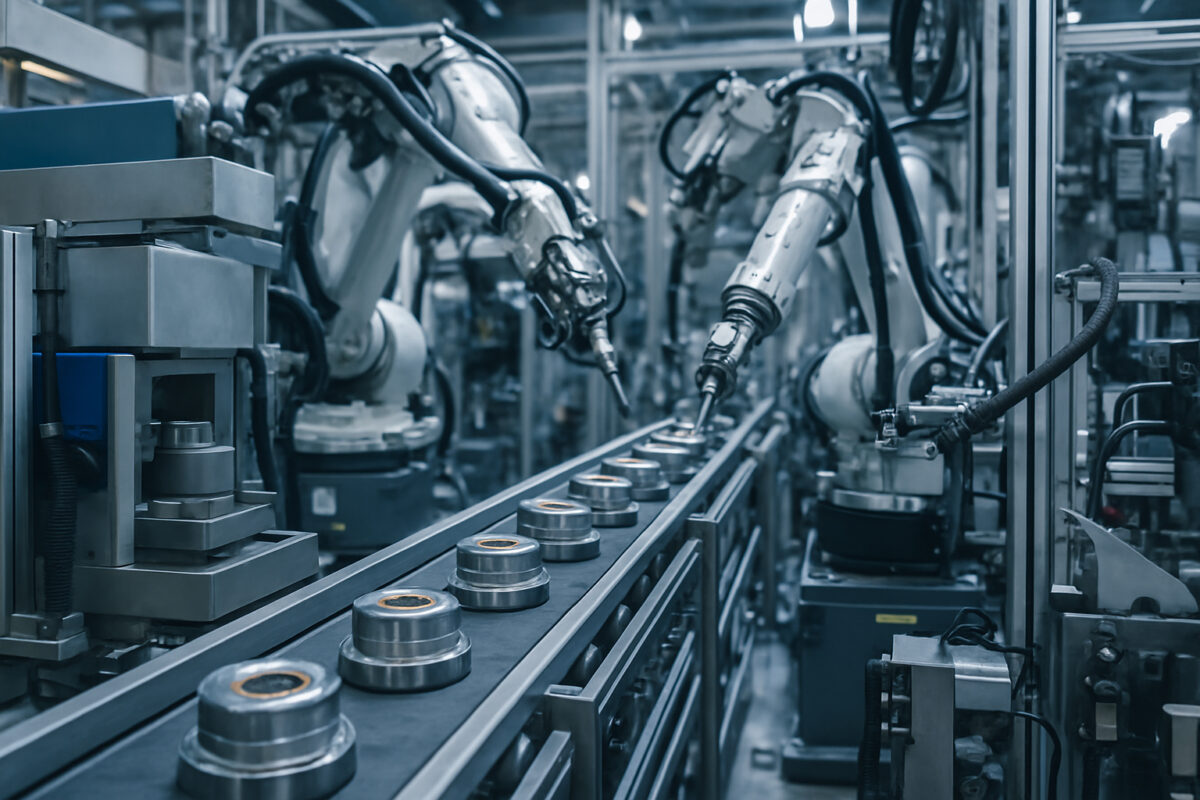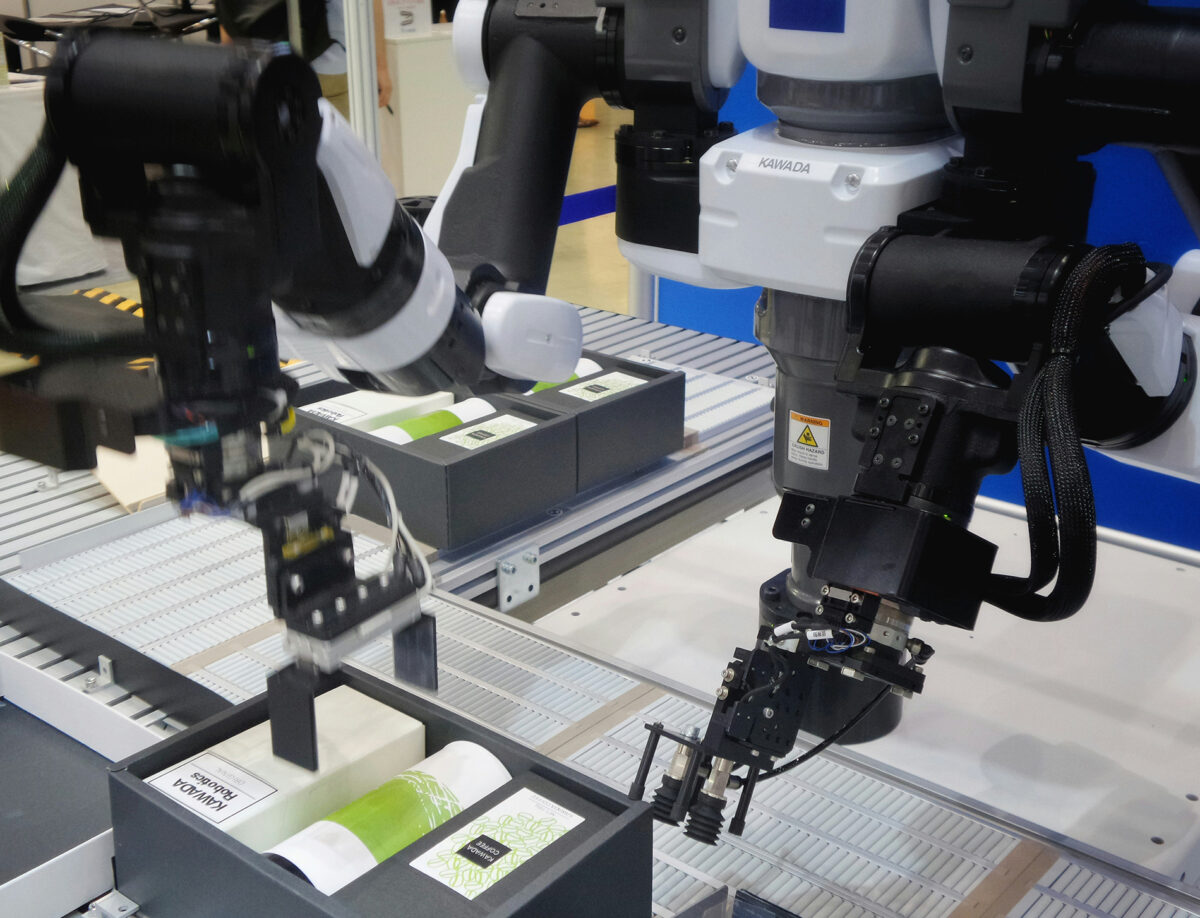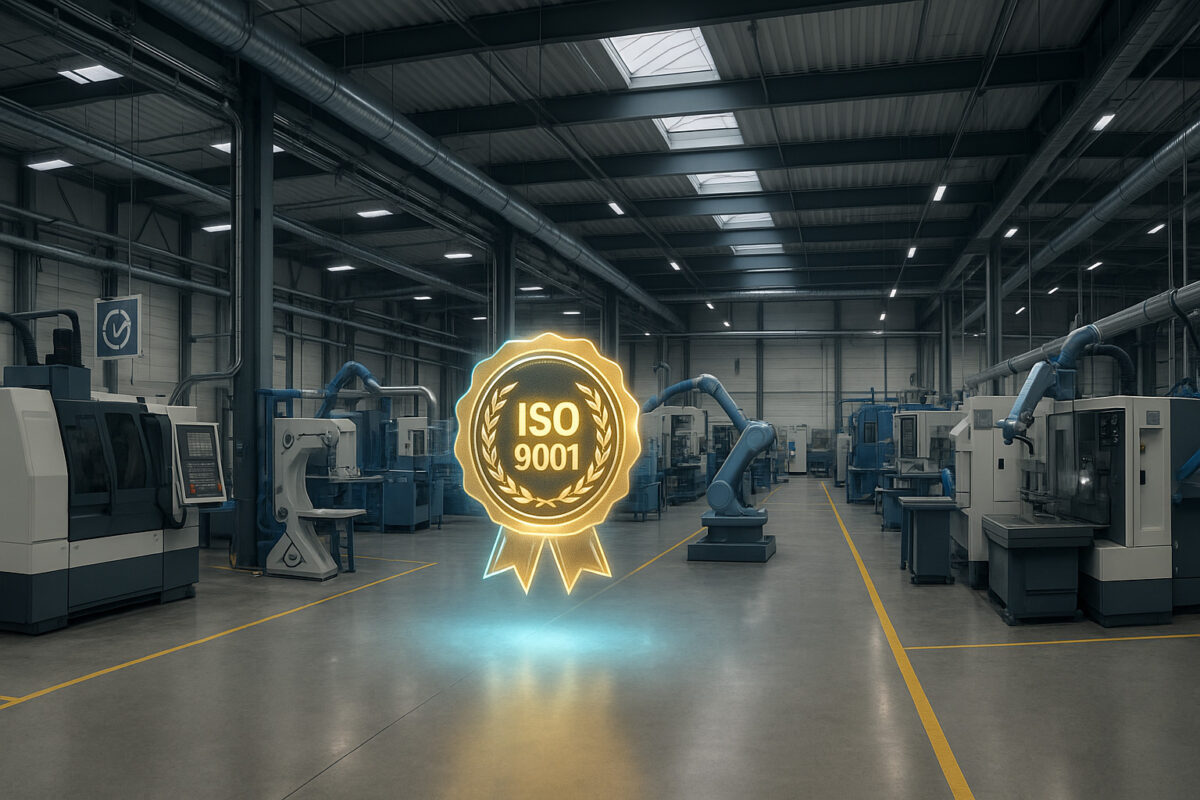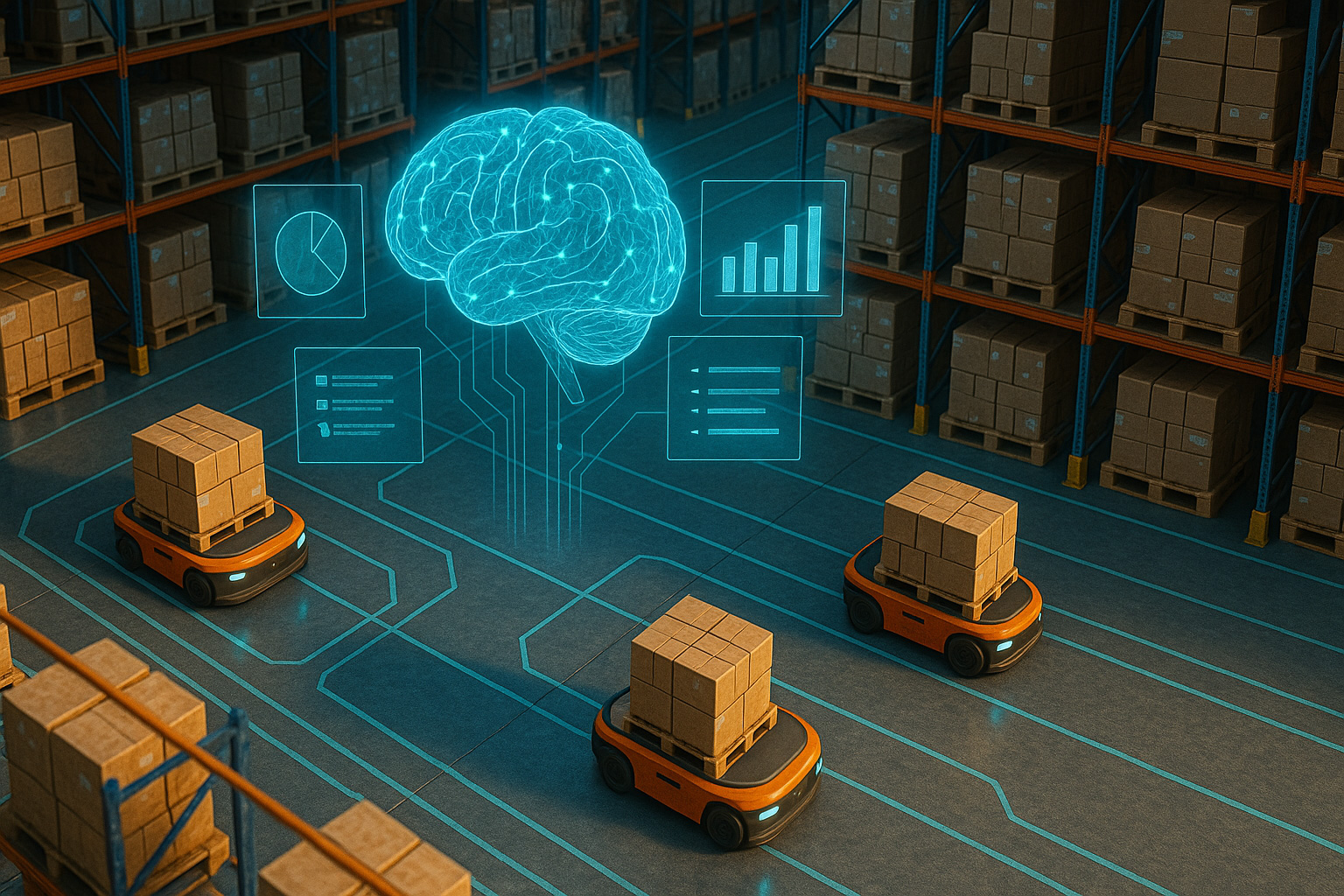
What Is Artificial Intelligence Applied to Logistics?
Definition of Artificial Intelligence in Logistics
In logistics, artificial intelligence refers to a set of technologies capable of learning from vast amounts of data and then acting or recommending actions autonomously, without human intervention. Concretely, in a warehouse, it enables, for example, visually identifying packages, optimizing their placement, or automatically triggering a replenishment. On the transportation side, it anticipates traffic conditions and adjusts routes in real time.
AI Technologies Used in Logistics
Three major technologies stand out for their operational use:
- Machine learning, which refines demand or stock forecasts;
- Computer vision, used to guide robots, read labels, or scan products;
- Predictive intelligence, which simulates different scenarios to identify the best logistical option according to current constraints.
These technologies interact with an ERP and a WMS (management systems) to form an integrated system wholly dedicated to optimizing flows.
Benefits of Artificial Intelligence for the Supply Chain
Optimization of Demand Forecasts
By cross-referencing sales history, promotional calendar, and weather, AI calculates future consumption with unprecedented accuracy. Production aligns as closely as possible with demand, and stock levels decrease. The company thus benefits from clear visibility, as detailed in our guide to optimizing your supply chain with AI.
Improved Inventory Management
Thanks to automatic alerts, surpluses are avoided, and stockouts are prevented. The freed-up storage space improves turnover and reduces cost per square meter. Managers continuously monitor a dashboard that compares target stock with actual stock. Artificial intelligence immediately proposes the optimal order.
Automation of Warehouse Management Processes
In the shipping aisle, an autonomous robot picks up the pallet, scans it, and then delivers it to the dock without error. Operators can focus on quality control and high-value-added tasks. The average picking time can fall from two hours to around twenty minutes.
Optimization of Transport Routes and Itineraries
In the transportation field, artificial intelligence designs efficient routes based on traffic conditions, delivery schedules, energy consumption, and vehicle availability. This leads to reduced mileage, faster delivery times, and lower pollutant emissions.
How AI Is Revolutionizing Supply Chain Management
Risk Prediction and Disruption Management
Strike movement? Storm? Raw material shortage? AI monitors weak signals. It estimates the probability of risks and proposes a contingency plan. Thanks to AI, the supply chain director has a proactive alert dashboard capable of activating an alternative source before the crisis.
Artificial Intelligence and Predictive Logistics
Are projected volumes exceeding a site’s capacity? AI automatically redistributes the flow to a less loaded warehouse. It also recalculates transit times. This predictive logistics synchronizes production, transport, and delivery, sustainably reducing costs.
Real-Time Supply Chain Management
Combined with a secure ledger technology, AI tracks each batch. All stakeholders thus access the same information instantly. This continuous visibility allows one to estimate a product’s future sales and adjust production.
Trends and Innovations Redrawing the Sector
Collaborative Robotics and Computer Vision
Compact robots share space with operators. Equipped with intelligent cameras, they avoid obstacles, move bins, and perform nighttime inventory. This collaboration increases productivity without burdening the infrastructure.
Predictive Maintenance and Digital Twin
By analyzing real-time vibrations, temperatures, or energy consumption, artificial intelligence can anticipate a failure several days in advance on critical equipment, such as a conveyor. As a result, defective parts are replaced preventively during a scheduled maintenance window without interrupting production.
At the same time, the digital twin—a virtual replica of a warehouse, a process, or even the entire supply chain—allows for simulating complex scenarios. For example, a temporary supplier shutdown can be modeled in advance: flows are then automatically rerouted to an alternative source, thus avoiding any risk of stockout.
Sustainable Traceability and Emission Reduction
By cross-referencing several variables—vehicle load rates, delivery density, mode of transport choice—AI identifies the scenario with the lowest emissions without compromising delivery times.
Pitfalls to Avoid When Undertaking an AI Project
Neglecting the Quality of Base Data
Without reliable data, even the most sophisticated algorithm becomes inoperative. A simple error in an item code or an incorrect unit of measurement can skew all purchasing or replenishment recommendations. The first step is therefore to cleanse the database, structure product directories, and ensure entry traceability.
Isolating the Digital Initiative
An AI solution can only deploy its full potential if it is fully integrated with existing systems: ERP, WMS, TMS, MES… Without this interconnection, AI operates in a silo, lacking an overall view, which greatly limits its relevance. To succeed, the digital initiative must be part of a global approach, coordinated with all business tools.
Forgetting Change Management
Failing to manage change hinders the implementation of AI. Without training and support, teams struggle to master new tools, which harms their efficiency.
Why Choose MWT Sourcing?
At MWT Sourcing, our experts support you at every stage of your project. Skilled at evaluating your site and conducting a factory audit, they select the system best suited to your technical constraints, production objectives, and budget. They also ensure operational deployment, operator training, and post-installation follow-up.
Artificial intelligence brings continuous optimization to the supply chain: better stock levels, shorter transports, and proactive risk management. Companies that integrate this technology gain agility, reduce costs, and improve customer satisfaction. The time has come to leverage these new levers and enjoy sustainable performance.


